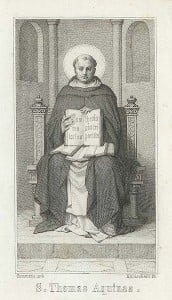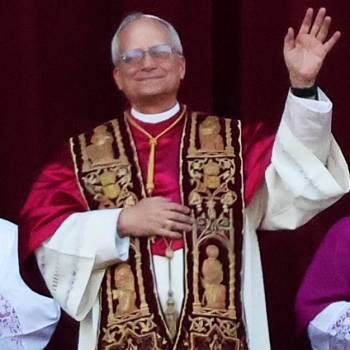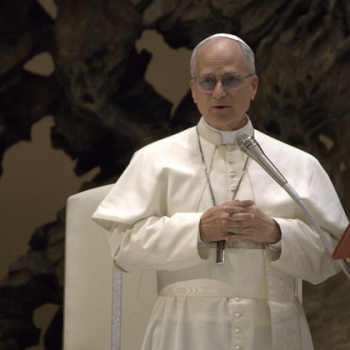 We’re blogging through St. Thomas Aquinas’ Compendium Theologiae, sometimes called his Shorter Summa. Find the previous posts here.
We’re blogging through St. Thomas Aquinas’ Compendium Theologiae, sometimes called his Shorter Summa. Find the previous posts here.
In this chapter, Thomas continues exploring the Holy Spirit, the Third Person of the Trinity.
Just as God’s understanding is His existence, so likewise is His love.
By now, this should be a familiar move. Thomas established in an earlier chapter that God’s essence is His existence: that He is “I am who am” as He tells Moses at the burning bush. To say that God’s understanding and love are also His existence is to say that they belong to His essence, inseparable from what it is to be God. As they told me when I was young, God truly is Love. (And, I might add, God, lovely, is Truth.)
So Love is of God’s essence.
Accordingly God does not love Himself by any act that is over and above His essence, but He loves Himself by His very essence.
God’s love always flows from His very essence, and naturally this includes His love of His own perfect goodness. (If you acted this way, you’d be a narcissist…because, frankly, you’re only human. It’s different with God.) Now, Thomas pointed out a chapter or so ago that because the beloved is always in the lover in some sense, the Spirit is in God. Here he puts the capstone on it: the Spirit is in God not accidentally, but substantially: the Spirit is God, just as the Son is God and the Father is God.
Since God loves Himself for the reason that He is in Himself as the beloved in the lover, God the beloved is not in God the lover in any accidental fashion, in the way that the objects of our love are in us who love them, that is, accidentally. No, God is substantially in Himself as beloved in lover.
And so there we have the three persons of the Trinity, Father, Son, and Holy Spirit, all God and all worth of adoration.
Therefore the Holy Spirit, who represents the divine love to us, is not something accidental in God, but subsists in the divine essence just as the Father and the Son do. And so in the rule of Catholic faith He is exhibited as no less worthy of adoration and glorification than the Father and the Son are.
_____
photo credit: Public Domain; source Wikimedia Commons












